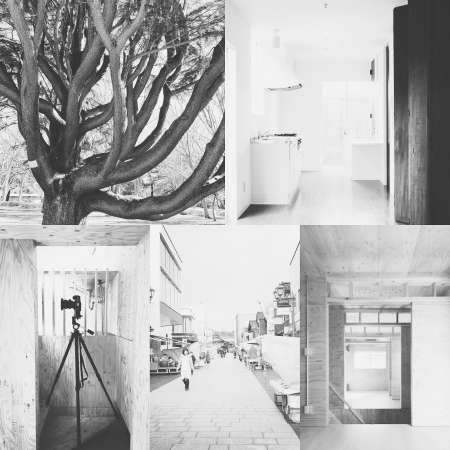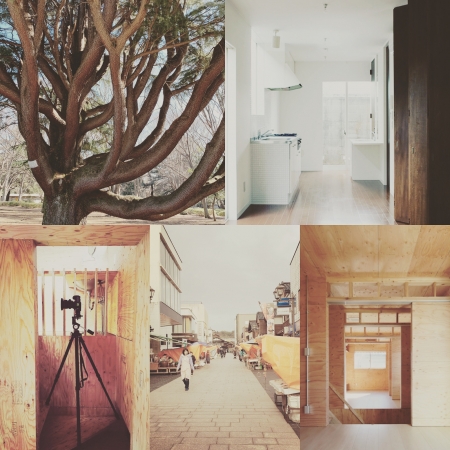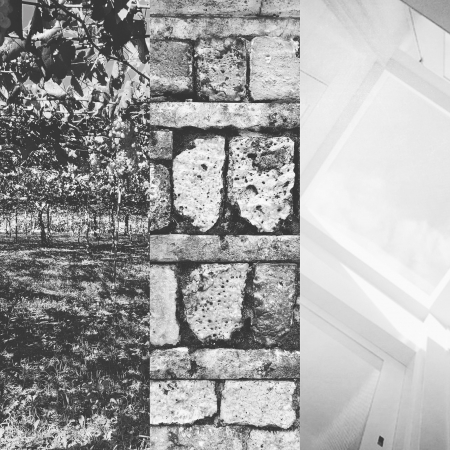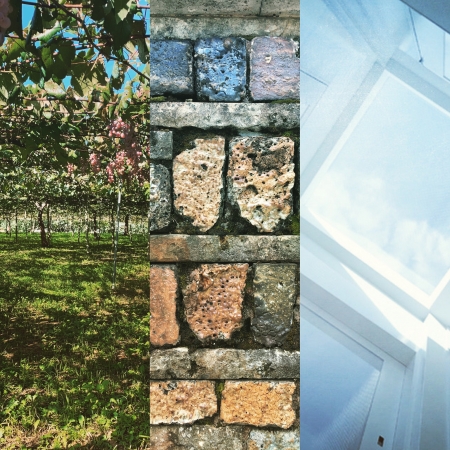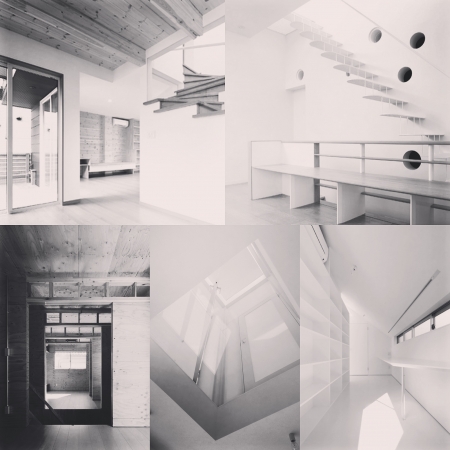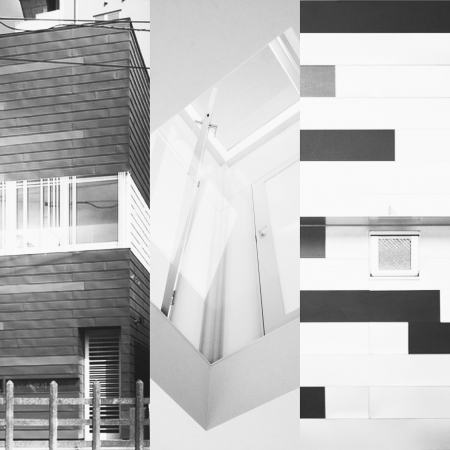人から見られるには
何かを見ることは対象物からの誘いに乗ることだとしたら、誘いに乗る前は無感性な状態、例えば、ボーっとしていたり、麻酔をかけられていたりするような、意識はあるが反応しないような状態であり、誘いに乗った後は感性が満ちていく状態になる。
感性に満ちている状態は対象物に焦点を合わせ見ている状態だが、興味があるのは無感性な状態での対象物からの誘いに乗る瞬間で、誘いに乗る時の決め手は何になるのかである。
ひとつの推測としては違和感ではないか。無感性なボーっとしている状態でも意識はあるので何かを受け止めている。その受け止めた中に何か違和感があれば、そこに焦点を合わせる。その違和感はギャプかもしれないし、不足や不完全かもしれないし、驚きや賞賛かもしれない。いずれにせよ、意識の地平の中に出現する異物なのだろう。
そうなると、少なくとも異物になる可能性を秘めたものをつくらないと人から見られることは無いと言えるかもしれない。
"To be seen by people"
If seeing something is to ride an invitation from an object, you may be conscious but react to an insensitive state, such as being drowsy or anesthetized, before riding the invitation. It is a state where you do not, and after you get on the invitation, you will be in a state where your sensibilities are full.
The state of being full of sensibility is the state of focusing on the object, but what is of interest is the moment of riding the invitation from the object in the insensitive state, and what is the decisive factor when riding the invitation? Is it?
Isn't it strange as one guess? I am accepting something because I am conscious even in a state of insensitivity. If there is something wrong with that, focus on it. The discomfort may be a gap, a shortage or an incompleteness, a surprise or an admiration. In any case, it is a foreign substance that appears in the horizon of consciousness.
In that case, it may be said that people will not be able to see it unless they make something that has the potential to become a foreign substance.

